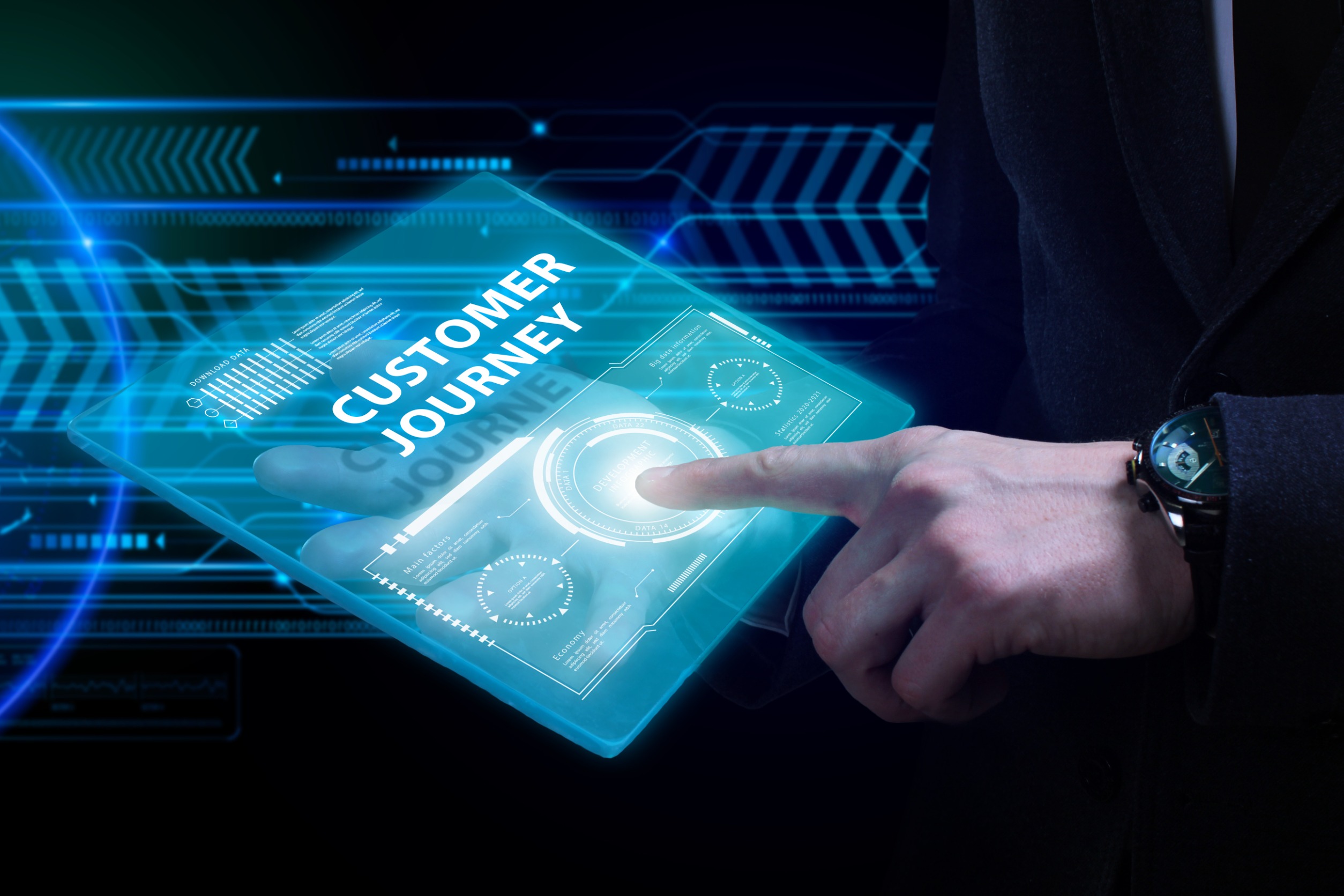How businesses run and engage with consumers is changing as a result of the Internet of Things (IoT). With IoT, businesses can collect vast amounts of data and turn them into meaningful insights. This can lead to improved customer engagement, better products and services and more efficient operations.
IoT and customer engagement
IoT technology allows businesses to collect data on customer behavior, preferences and usage patterns. This data can be used to create personalized experiences and engage customers more meaningfully. For example, an IoT-enabled smart home device can collect data on the user’s behavior and preferences, such as the temperature they prefer or the time they wake up. This data can be used to create a personalized experience for the user and engage them more meaningfully.
The benefits
a) Personalization of customer experience: IoT allows businesses to personalize customer experiences based on their behavior and preferences. This can lead to improved customer satisfaction, loyalty and retention.
b) Improved customer service through proactive and predictive actions: Businesses may use IoT to detect concerns before they become problems and take preventative action to fix them. For example, an IoT-enabled smart appliance can detect a malfunction before it happens and alert the customer or service provider.
c) Increased customer loyalty through continuous engagement: IoT allows businesses to engage with customers continuously, increasing customer loyalty and retention.
d) Enhanced brand reputation through improved customer satisfaction: IoT can help businesses improve customer satisfaction by providing personalized experiences and proactive service, which can lead to a positive brand reputation.
The challenges
While IoT has the potential to revolutionize customer engagement, several challenges still need to be addressed before businesses can fully leverage its benefits. Some of the key challenges include:
Privacy and security concerns: With IoT devices collecting and transmitting sensitive data, there are concerns about privacy and security. Businesses must ensure their IoT devices are secure and comply with data protection regulations.
Integration with legacy systems: Integrating IoT devices with legacy systems can be challenging. It requires significant resources, time and investment to ensure IoT devices can communicate with legacy systems and enable seamless data exchange.
High implementation costs: It can be expensive to implement an IoT system, especially for small and medium-sized organizations. Hardware, software, infrastructure, regular upkeep and support must all be purchased.
Lack of standardisation: IoT technologies need further standardization, making it challenging for organizations to select appropriate devices and guarantee interoperability amongst various systems.
Data overload: IoT devices generate vast amounts of data, which can overwhelm businesses. They must have the right tools and resources to analyze and extract insights from this data to improve customer engagement.
Future of IoT in customer engagement
The future of IoT in customer engagement looks promising. Here are some of the ways IoT is expected to transform customer engagement in the future:
Personalization: By gathering and analyzing data from IoT devices, businesses will be able to offer customers personalized experiences. Businesses will be able to modify their goods and services in accordance with the tastes of certain clients.
Predictive analytics: Businesses will be able to employ predictive analytics thanks to IoT to foresee client demands and provide proactive solutions. Businesses will be able to remain ahead of the competition and improve the consumer experience thanks to it. and enhance the customer experience.
Omnichannel engagement: IoT will enable businesses to engage customers across multiple channels, including mobile, web and physical locations. It will enable businesses to provide a seamless customer experience across all touch points.
Augmented reality: With the help of IoT, businesses will be able to leverage augmented reality to improve the consumer experience. It will make it possible for people to engage with goods and services in brand-new and creative ways.
Voice assistants: IoT will make it possible for businesses to interact with customers through voice assistants. As a result, companies will be able to provide customers who prefer voice commands a pleasant and tailored experience.
Successful examples of IoT in customer engagement
Despite the challenges, many businesses have successfully implemented IoT solutions to improve customer engagement. Here are some examples:
Smart home devices: Customers may use voice commands to operate their houses, utilizing intelligent home gadgets created by companies like Amazon, Google and Apple. For a smooth and customized user experience, these devices may be linked with IoT devices like smart thermostats, lighting and security systems.
Wearables: Wearable gadgets like smartwatches and fitness trackers are gaining popularity. These devices provide valuable data about customers’ health and fitness habits, which can be used to create personalized products and services.
Connected cars: The automotive industry embraces IoT technology with connected cars that can communicate with other devices and systems. For example, some vehicles can provide real-time traffic updates and suggest alternative routes to help customers avoid delays.
Smart retail: Retailers use IoT devices such as beacons and sensors to track customers’ movement and behavior in stores. This information may be utilized to improve product placement, personalize the shopping experience and optimize store layouts.
Conclusion
The impact of IoT on customer engagement is significant and cannot be ignored. With IoT devices becoming more prevalent, businesses must consider how to integrate these technologies into their operations to enhance the customer experience. IoT can streamline processes, increase efficiency and provide real-time data, enabling companies to tailor their services to meet the needs of their customers.

